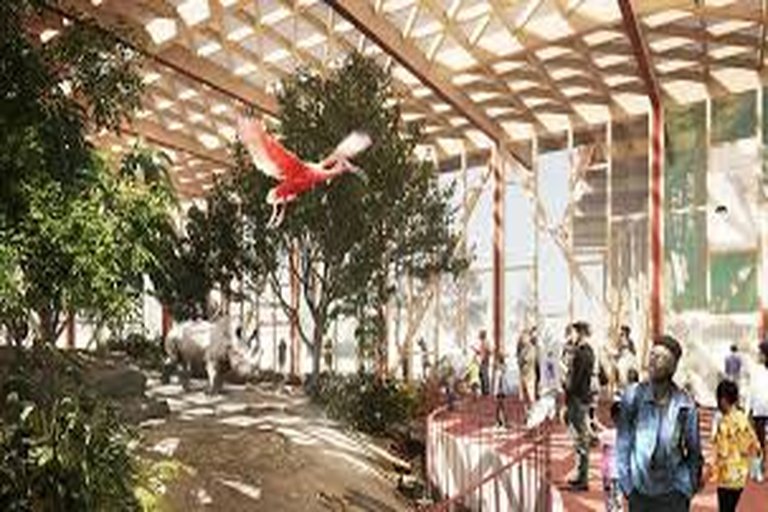Science & Discovery
Toronto Zoo Scientists Succeed in Rare Species Breeding Program
The successful hatching marks a significant step forward in global conservation efforts for endangered amphibians.
2025-05-31 06:12 | By Liam Wilson

Scientists at the Toronto Zoo are celebrating a significant breakthrough after successfully hatching several critically endangered amphibians as part of a complex captive breeding program. The achievement represents a major milestone for global conservation efforts targeting species on the brink of extinction.
The focal species, the Puerto Rican crested toad (Peltophryne lemur), has faced dramatic population declines due to habitat loss, climate change, and invasive predators. For years, international conservationists have struggled to establish stable captive breeding populations outside its native range.
Toronto Zoo’s breeding program, initiated three years ago, combined advanced reproductive technologies with habitat simulations that mimic the species’ natural tropical environment. Careful regulation of temperature, humidity, and water chemistry was key to creating the optimal conditions for successful reproduction.
Dr. Rajesh Kapoor, head of the zoo’s Amphibian Conservation Unit, expressed cautious optimism. 'We’ve overcome numerous challenges to reach this point. Each successful hatching increases genetic diversity and gives hope for future reintroduction into the wild,' he said.
The team used hormone-assisted breeding protocols, a technique that encourages synchronized egg laying and fertilization, while minimizing stress on the breeding pairs. These delicate procedures required constant monitoring and adjustments to ensure the well-being of the animals.
Following the successful hatchings, the young toadlets are being carefully reared in biosecure enclosures, where they will be monitored for health, growth, and genetic markers. The ultimate goal is to transfer individuals to partner institutions and eventually release them into protected reserves.
The Toronto Zoo’s work is part of a broader collaboration with conservation agencies in Puerto Rico, U.S. Fish and Wildlife Service, and several other accredited zoos in North America. International genetic exchanges are helping maintain a healthy, diverse captive population across participating institutions.
Public education has been a central component of the project. Visitors to the zoo can observe parts of the breeding facility through special exhibits designed to raise awareness about amphibian extinction risks and the importance of biodiversity.
The zoo’s achievement has earned praise from global conservation organizations. The International Union for Conservation of Nature (IUCN) included the Toronto program in its annual report highlighting innovative approaches to saving endangered species.
Amphibians are among the most threatened groups in the animal kingdom, with nearly half of all known species facing extinction. Conservationists hope that the lessons learned through this breeding program can be adapted for other imperiled amphibians worldwide.
Toronto city officials have commended the zoo’s leadership in conservation science. 'This success reinforces Toronto’s role as a global leader in protecting vulnerable species and advancing ecological research,' said Deputy Mayor Susan Lai during a press conference.
As the young toads continue to thrive, the Toronto Zoo team remains focused on refining their methods and sharing knowledge with the global conservation community. 'This is just one step,' Dr. Kapoor emphasized. 'We’re committed to ensuring these species have a future beyond captivity.'